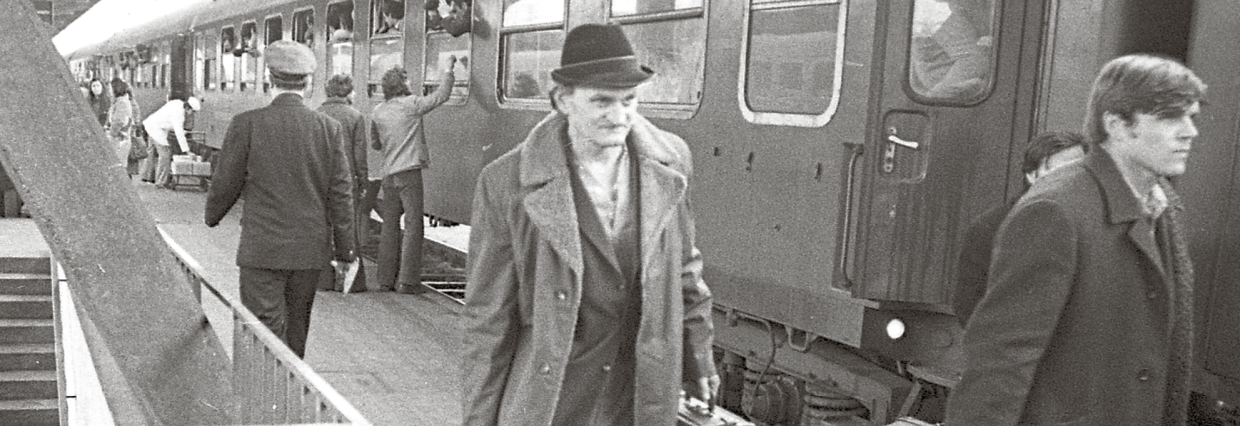
New Book Release: Slovenske selitve v socializmu
“We asked for workers, but people came.” This famous quote by Max Frisch—originally referring to Italian migrants in Switzerland—still resonates today when reflecting on the labor migrations of the second half of the 20th century. It also serves as a fitting introduction to the newly released book Slovenske selitve v socializmu, edited by Marina Lukšič Hacin.
Published by ZRC Publishing, the book aims to portray Slovenian migrants as people—individuals with dreams, ambitions, and disappointments—while situating migration flows within the broader context of global macroeconomic and political dynamics. As a follow-up to the widely read pandemic-era bestseller Doba velikih migracij na Slovenskem (ZRC, 2020), this new volume offers a detailed and data-rich look at the agreements and conditions that shaped the paths of Slovenian emigrants in the socialist era.
The book explores life in emigration in all its complexity—from daily living to the organisation of community events and education abroad. It does not shy away from the ideological divides that marked Slovenian diasporas worldwide. In fact, the authors focus on countries that received the largest numbers of Slovenian migrants—the United States, Australia, Argentina, Germany, and Sweden—revealing how political and ideological fractures from Yugoslavia continued to shape communities abroad.
Emigrants are grouped into three broad categories:
- Those who left Yugoslavia immediately after World War II—often due to defeat, disagreement with the new regime, or the aftermath of the Informbiro dispute—who were labelled “hostile emigrants” by Yugoslavia but saw themselves as exiles.
- Economic migrants who began to leave in the 1950s in search of a better life, often as refugees.
- The so-called zdomci or gastarbeiter who migrated during the 1960s under temporary labour programs.
The final section of the book shares personal stories of individuals who left their homeland in pursuit of happiness and prosperity abroad. As the authors note, many of them would be considered quite young by today’s standards—most were under 25.
The book is also beautifully designed and visually rich, featuring striking photographs that speak volumes. From sorrowful, exhausted, tearful, and fearful faces awaiting ships in Trieste or trains at Ljubljana’s main station, to images of those housed in refugee camps along the Slovenian-Austrian border—these moments were powerfully captured by photographers Mario Magajna, Svetozar Busić, and Marjan Hočevar.